SUMMARY
This is AI generated summarization, which may have errors. For context, always refer to the full article.
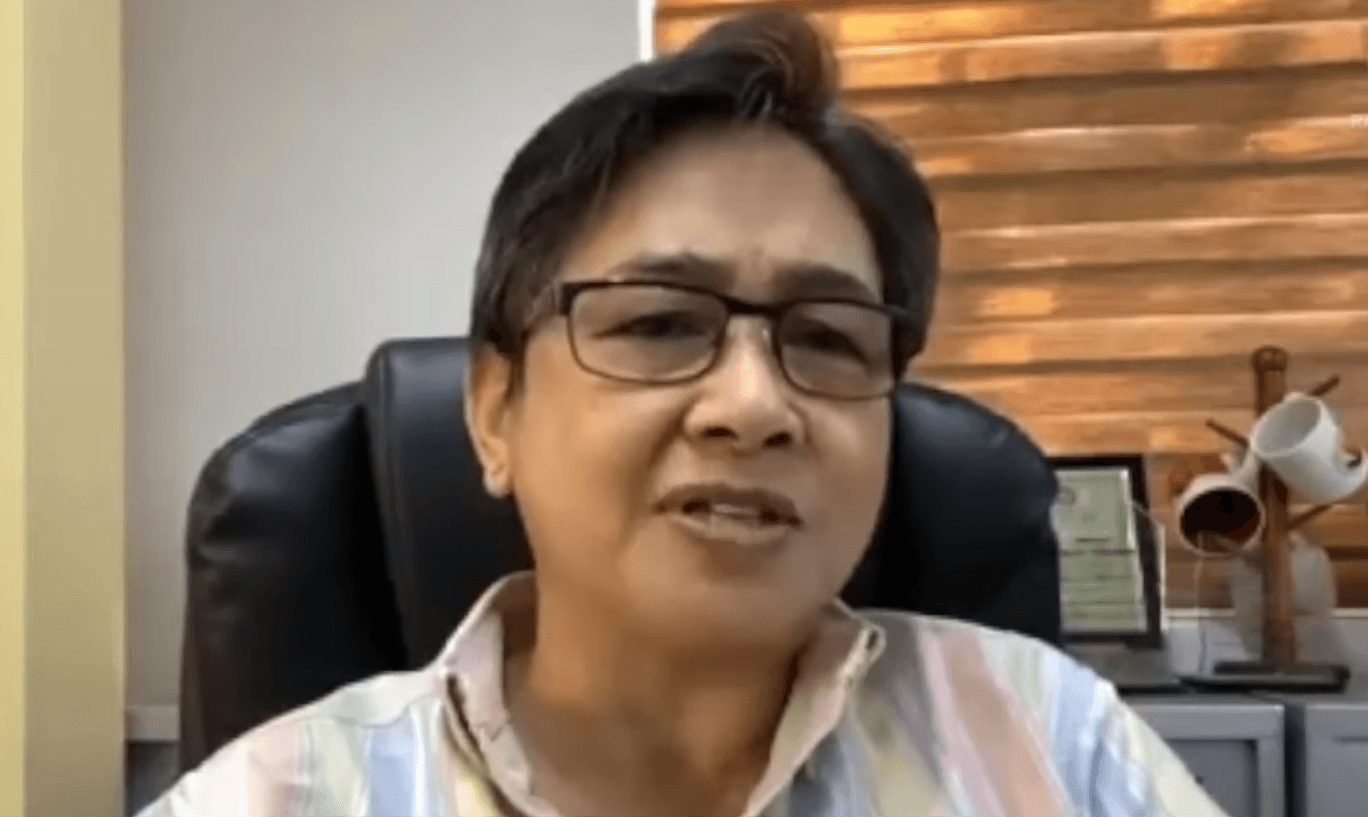
BUKIDNON, Philippines – The country’s first forensic pathologist called on the government to incorporate forensic science in all investigations into killings that have been taking place in the country, saying this would be an antidote to impunity.
Dr. Raquel Fortun, a professor at the University of the Philippines College of Medicine and chairperson of its pathology department, told an online news conference on Friday, March 11, that the lack of thorough investigation, including forensic science, would result in the absence of accountability in law enforcement and military operations.
Fortun said this four days after she autopsied the body of slain Lumad rights activist Chad Booc, whom the military said was killed in an encounter between New People’s Army (NPA) rebels and soldiers in New Bataan, Davao de Oro, in late February.
“Hindi pwedeng kung ano lang yung sinabi, ‘yun na yun (It’s not enough for one to say this was what happened, and then that’s it). The Commission on Human Rights should step in and dig deep into these killings in New Bataan,” she said.
In the case of Booc, Fortun said the wounds show that there was an intent to kill the activist.
In her initial findings, Fortun said Booc was riddled with bullets, but his head, neck, left arm, and legs were intact.
“I am still analyzing this. I don’t know if I can commit to a number because of the complexity of the shots. Meaning, they’re multiple. There are a lot. They’re close to one another, especially the chest and abdomen shots,” Fortun said.
She said the X-ray also showed there was one bullet lodged in Booc’s left chest wall which Fortun had removed. She left bullet fragments untouched because those were difficult to be taken out.
“What those bullets speak is a step further to reconstruct the shooting, but having one body alone is not enough without information from the four other victims,” she said.
Fortun said there were limitations in the autopsy of Booc’s body because it was already embalmed and stitched.
Toxicology couldn’t be performed because the body was already embalmed, and the country has no first-rate forensic toxicology laboratory, she said.
She said she also did not have access to the clothes Booc wore the day he was killed.
Fortun said vital information from the area where Booc was riddled with bullets, testimonies from witnesses, and autopsies of bodies of his slain companions could be factored in and weaved with the Booc autopsy results in order to reconstruct what happened at the time of their deaths.
The problem in the Philippines, she said, is that investigations into deaths start with bias, and the premise that those who were gunned down were “bad people” or that “they’re terrorists.”
But science won’t lie and would let the dead “speak” about how they died, she said.
Fortun added, “We’ve been seeing many deaths that state agents admitted, but which they justified. Were investigations conducted? Actually, ngayon hindi natin alam kung saan talaga sila (Booc’s group) pinatay o ituro ang pinangyarihan niyan (We don’t know where they were actually killed and can’t point to where it happened). Was it on the ground, inside the vehicle, or was it an ambush? It was a military encounter, they said. Anong tinatago niyo? Ito yung setting ng impunity eh – yung patay ka lang ng patay na walang accountability (What are you hiding? This is the setting of impunity – when you keep on killing without accountability).”
Booc’s father Napoleon said he wanted a further investigation into his son’s death.
Megara Lim, the spokesperson of Save Our Schools (SOS) Network in Cebu, said even the vehicle that Booc, Gelejurain Ngujo II, Elegyn Balonga, Robert Aragon, and Tirso Añar used could no longer be found.
Lim said SOS received information that Booc and his companions were actually taken on the evening of February 23 at a checkpoint close to a military headquarters in New Bataan.
She also took note that Balonga communicated with her family via text between 9 pm and 9:30 pm on February 23.
The military claimed the group was killed on the morning of February 24.
“There are too many gaps here like the timeline leading to their deaths. Of course, these have all been washed away not just by incompetence, but on the desperate attempt to hide the truth surrounding the deaths of Chad and his companions in New Bataan,” Lim said. – Rappler.com
Grace Cantal-Albasin is a Mindanao-based journalist and an awardee of the Aries Rufo Journalism Fellowship
Add a comment
How does this make you feel?

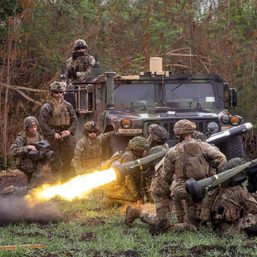
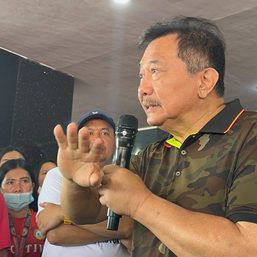
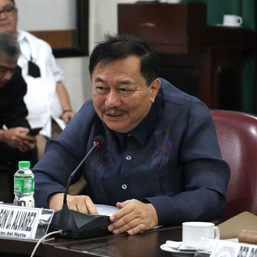
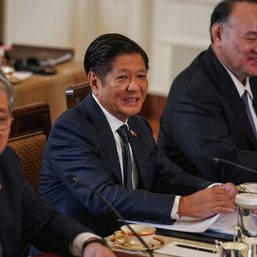
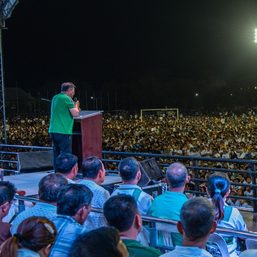
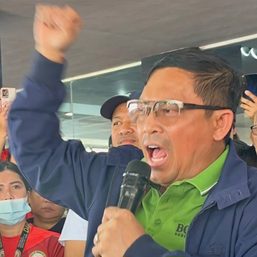
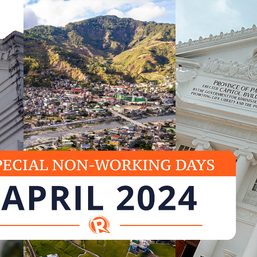
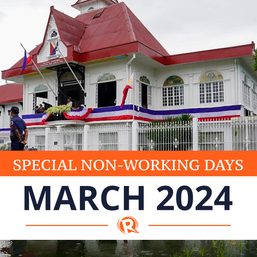
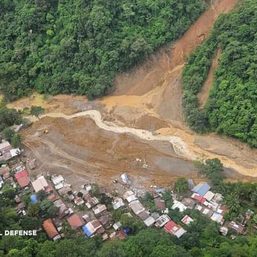
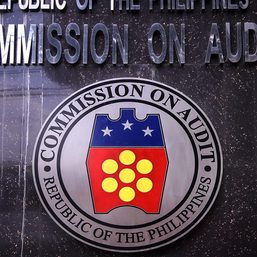

There are no comments yet. Add your comment to start the conversation.